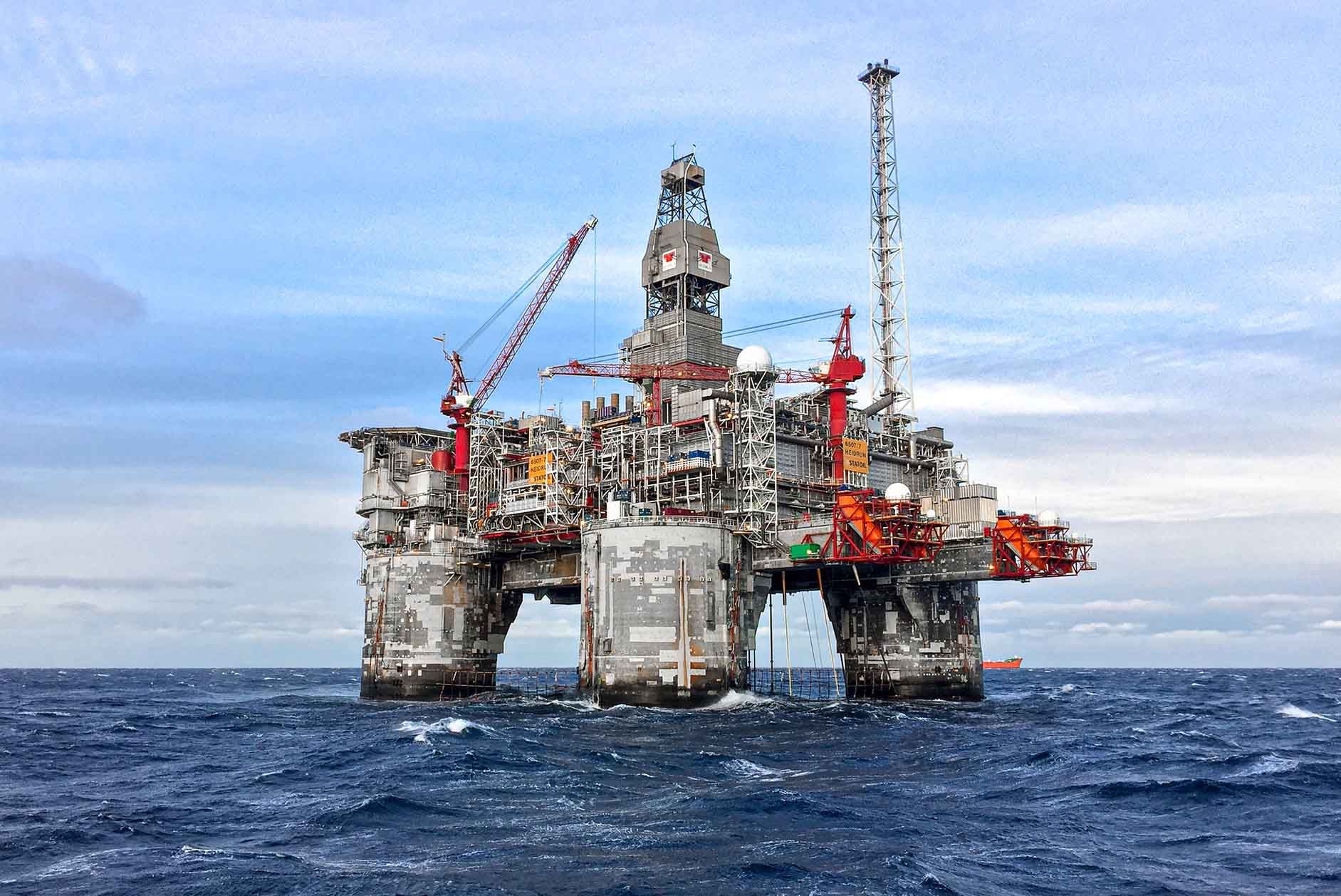BLOG
Telecom26 blog
Using mobile private networks to provide maritime connectivity for off-shore infrastructure

We firmly believe that vessels of all shapes and sizes as well as off-shore infrastructure – oil rigs, wind farms etc - should have their own mobile private networks (MPN) in the same way businesses on land have private terrestrial networks over fibre, wireless or satellite on their business premises.
And so to help continue the discussion, our team of mobile private network and maritime connectivity experts have recently published a new use case titled Private Networks For Offshore Infrastructure which you can download here.
In it they talk about how mobile private networks are not a new concept, have captured considerable media attention in the last few years and are now recognised as offering significant benefits for stakeholders in a variety of sectors and industries.
The analyst firm Berg Insight has identified more than 1000 private LTE networks across the world and predicts that “private LTE/5G network deployments are set to tenfold during the period 2021–2026”.
There are several definitions of a mobile private network, but for our purposes, a mobile private network is simply one that is essentially self-contained and separated from any public network that may (or may not) be available in the same location.
In most cases, a mobile private network will typically use dedicated radio antennae to provide coverage and will be connected to some form of mobile network core. That could also be deployed locally, but it’s more likely that it will be delivered from the cloud.
In that context, then, many mobile private networks will be enabled as discrete islands, but sharing a common core. The basic function is to provide local wireless connectivity to devices and users, within the defined coverage area.
With control over the radio conditions and core, any mobile private network can be optimised for highly specific requirements – which means that, while architecturally most will be broadly the same, the functionality could be radically different.
In our new use case Private Networks For Offshore Infrastructure we discuss the offshore locations where mobile private networks could – and should – be deployed. With complete control over network registration, as well as 3GPP-compliant levels of security, devices can be admitted according to strictly defined policies.
Off-shore applications include:
Offshore oil and gas
Offshore oil and gas platforms provide the perfect environment for the deployment of isolated mobile private networks, that can deliver the connectivity required to support a complex array of monitoring and data processing solutions.
Enabling the Digital Ship
Digital transformation for the maritime industry is a must, so that onboard systems and operations can be effectively integrated with those onshore.
Deploying a full-service wireless mobile private network onboard enables effective intra-vessel communication, with minimal physical infrastructure, ensuring great process connectivity and enhanced integration for operational transformation.
Cruise Ships and other vessels - Passenger and crew connectivity
Today’s passengers and crew demand the same quality of connectivity that they enjoy while on land. Meanwhile providing connectivity to crews so that they can stay in touch with loved ones and access services such as online banking, news and entertainment will improve performance and welfare.
This is something we discussed in a piece we wrote for Digital Ship magazine titled “Netting the full rewards of ship digitalisation means putting humans back into the picture”. You can read the full piece on page 26 of the online magazine which can be found here.
Critical maritime safety infrastructure such as lighthouses and buoys
Rather than enabling multiple communications solutions for the growing array of services and devices which are used to connect safety infrastructure, consolidating connectivity with a micro-cellular mobile private network deployed locally can offer considerable advantages.
Massive device connectivity to improve communications across the global supply chain
Last year we wrote about how the marooning of the container ship in the Suez will speed up the industry-wide rollout of smart containers – and examined why 24-7 connectivity will be essential to this. Mobile private networks can provide the on-board connectivity needed.
Port access and control
We have previously looked at the connectivity requirements of ports, discussed the evolution of smart harbours – and again noted that key to the success of a smart harbour is a high-quality telecoms infrastructure.
This earlier blog discusses how, as well as using public 5G networks, Telecom26 is working with the owners of 5G mobile private networks – such as those found in ports – to maximise coverage for our customers.
Offshore power generation
With wind and solar farms high up the environmental agenda, we are constantly reviewing our offering for these types of deployments. In this Internet of Business report “Frost & Sullivan analyst Swagath Navin Manohar said that connected technology will transform the wind industry by helping companies tap into new opportunities.
“In the coming years, we will see IoT-enabled ‘talking’ turbines, drones, and robots designed to replace the manual inspection of wind turbines and blades”.
To read more about how mobile private networks can improve maritime connectivity please read our new use case titled Private Networks For Offshore Infrastructure which you can download here.
Telecom26 – enabling offshore mobile private networks for data collection and processing
As a global maritime connectivity operator, Telecom26 provides connectivity across the world using our global maritime connectivity service.
We offer bespoke maritime and marine communications services that integrate inbound and outbound roaming, with full support of data services
As well as building mobile private offshore networks, we offer the following maritime connectivity services:
- A full Cellular At Sea service for vessels of all sizes
- A Nearshore Connectivity Service - Our recent blog “Nearshore Connectivity - perfect for vessels up to 30km off the coast” discusses how most ships and vessels spend the majority (up to 60%) of their time in port or in coastal waters. They are therefore within range of land-based cellular networks which can provide coverage to vessels as far out as 30km. So, instead of relying on costly satellite for data or connectivity, vessels – and the people on-board - can use these cellular networks.
- A Maritime IoT Service including mobile private networks on-board vessels, oil rigs and platforms – and supply chain tracking
Discussing your maritime connectivity requirements
If you’d like to arrange a call to discuss how our mobile private networks, maritime connectivity and maritime cellular communications services can connect the people and devices on fixed off-shore infrastructure or on moving vessels as they travel around the world then please get in touch.
Later in the year we will be attending these major international maritime trade fairs:
SMM
6-9 September
Hamburg, Germany
https://www.smm-hamburg.com
Mets Trade
15- 17 November
Amsterdam
https://www.metstrade.com/
If you, or one of your team, will be at either show and would like to discuss our mobile private networks, maritime connectivity and maritime cellular communications services in-person then book a meeting.



